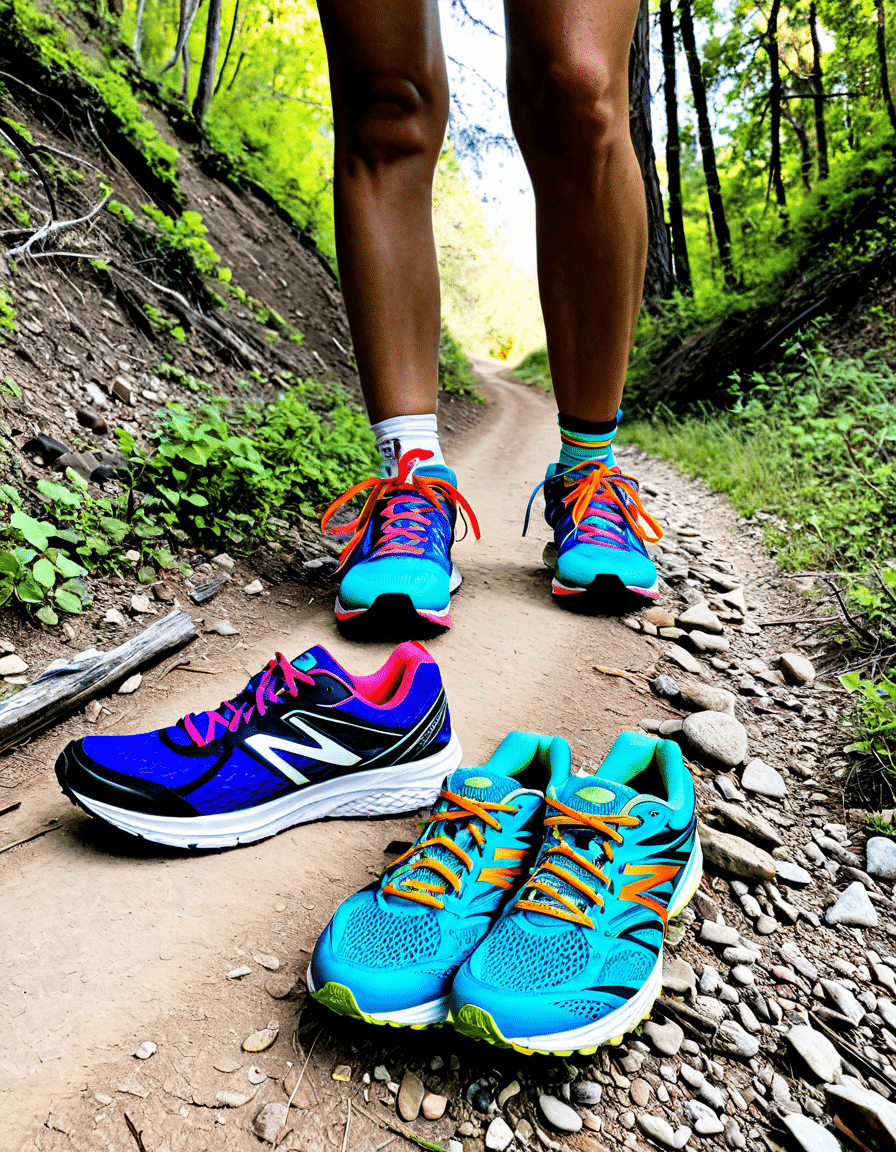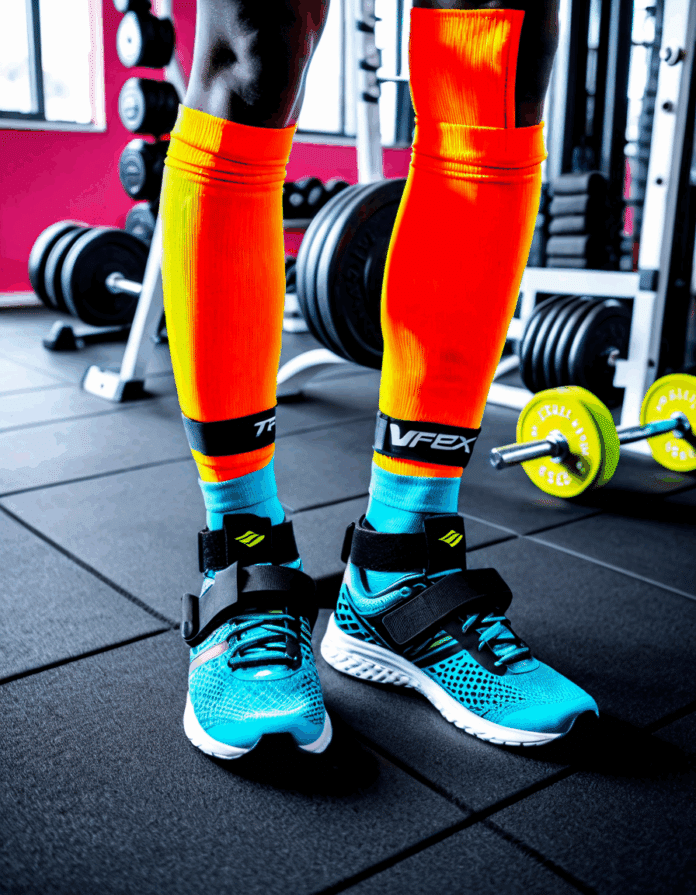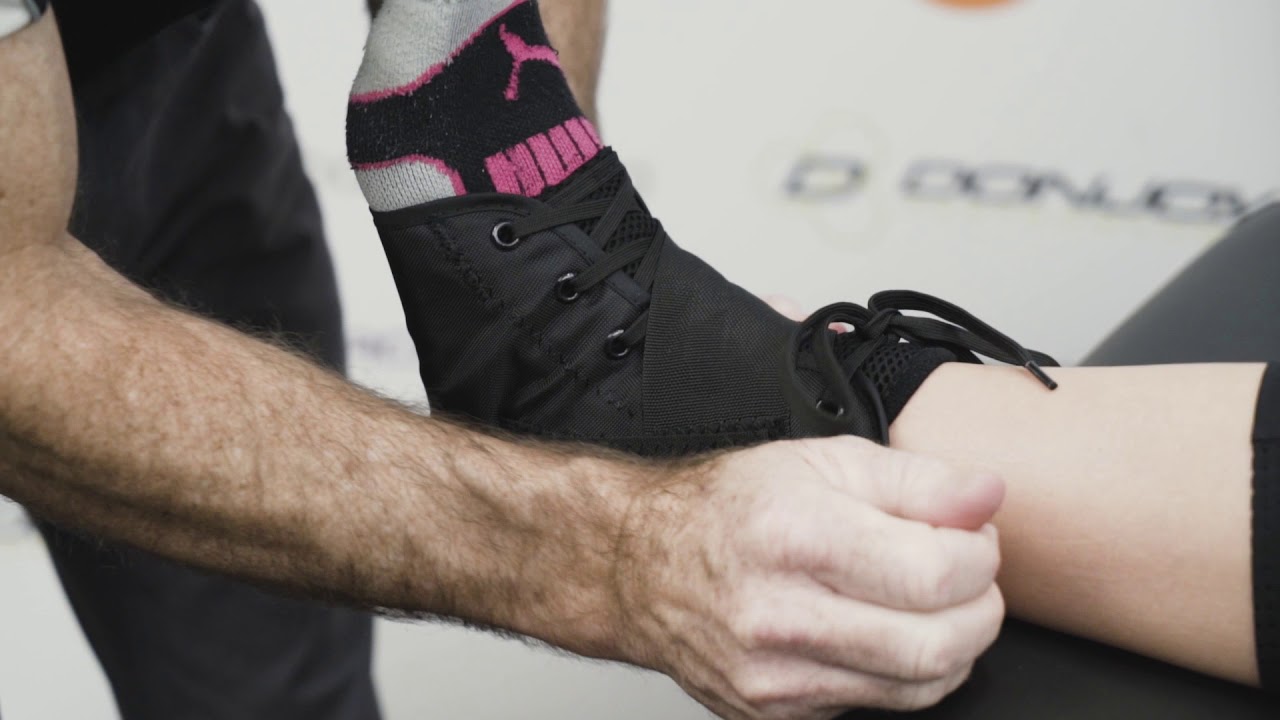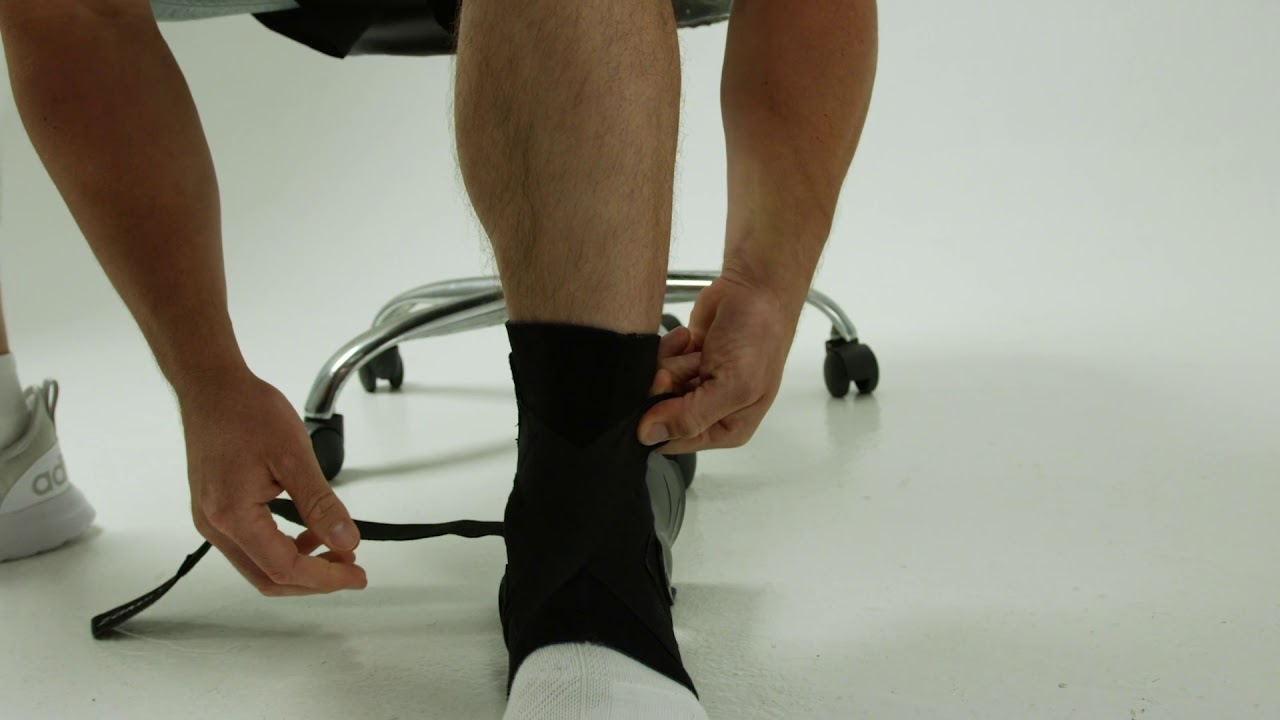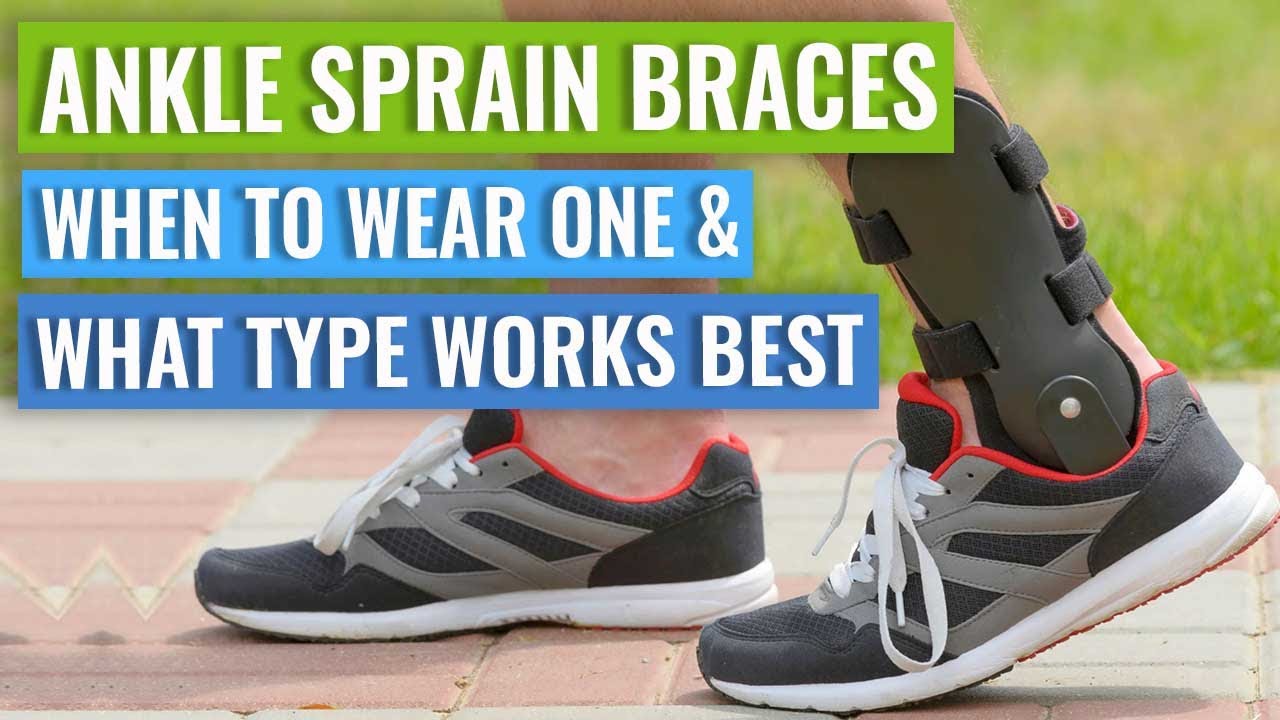Ankle injuries are among the most frequent musculoskeletal issues people face today, impacting individuals from weekend warriors to professional athletes. An ankle brace can be a game-changer, playing an essential role in both recovery and future injury prevention. This article explores the secrets behind effective ankle brace use and how they can elevate your rehabilitation process.
Top 7 Ankle Brace Secrets for Optimal Recovery and Strength
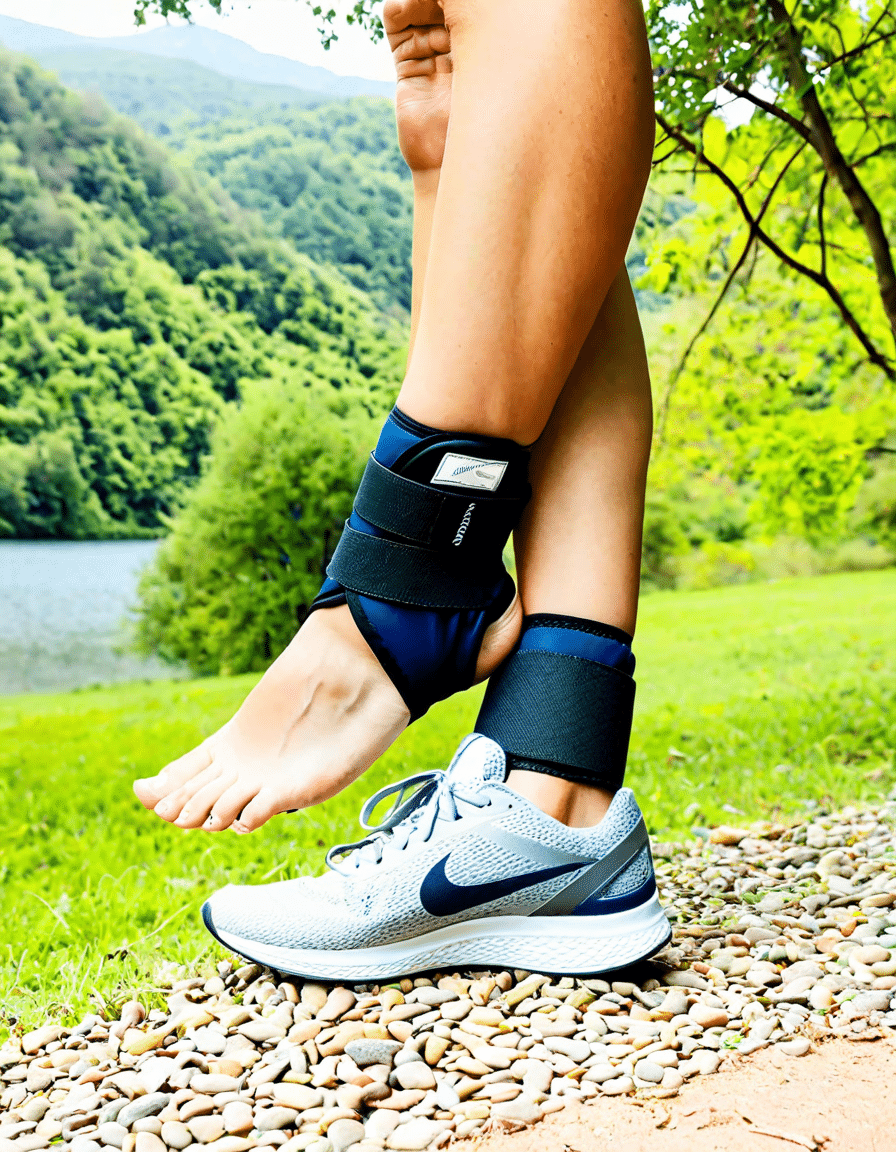
1. Choose the Right Type of Ankle Brace
Choosing an ankle brace starts with understanding your injury. For a mild sprain, a soft compression wrap like the McDavid 199 might be all you need to keep discomfort at bay. Yet, if you’re dealing with a more severe injury, a rigid brace such as the AirCast A60 can offer greater stabilization. Different injuries require different supports, so consider what fits your specific situation.
Not everyone realizes that the wrong brace could worsen your condition. Always consult with a healthcare professional for advice tailored to your needs. This initial step significantly contributes to your recovery pathway.
2. Time Your Use Correctly
Timing plays a crucial role in recovery. Applying your ankle brace right after an injury can offer much-needed support. The well-known RICE method—Rest, Ice, Compression, Elevation—is vital during the first 48 hours post-injury. As healing progresses, transition gradually into strength-building exercises while still giving your ankle brace some love, enhancing recovery time immensely.
Finding the right balance between protection and activity is key. Use the brace wisely to avoid becoming overly reliant on it, as this could lead to a weaker ankle in the long run.
3. Combating Weakness with Strength Training
Ankle braces are fantastic temporary solutions, but they shouldn’t be your long-term crutch. Incorporating ankle-strengthening exercises into your routine is crucial for promoting muscular balance. Resistance band workouts can be particularly effective here, and companies like TheraBand offer quality products to help with your rehabilitation.
Studies reveal that injury-prevention programs significantly reduce the likelihood of future injuries. Strength training should become a regular part of your life, helping you not only recover but also fortifying your ankles against possible setbacks. You’ll be back to your favorite activities in no time!
4. Utilize the Right Materials
Modern ankle braces come in various materials, directly affecting comfort and support. Look for braces made from breathable fabrics or those with moisture-wicking technology. Brands like Zamst shine in this area, offering products that boost airflow and help keep your ankle dry during activity.
Comfort isn’t a luxury but a necessity; the right materials make a difference in healing and performance. Opt for a product designed with your comfort in mind, ensuring you’ll maintain consistent usage.
5. Focus on Proper Fit
Choosing an improperly sized ankle brace could do more harm than good. A poor fit can hinder recovery or even exacerbate your injury, turning a short-term issue into a long-term problem. Think about visiting a specialized store where professionals can accurately measure your ankle and recommend the best fit.
Brands like Mueller provide helpful sizing charts that guide you in finding the perfect fit. A snug yet comfortable fit ensures that your brace serves its purpose without causing additional discomfort.
6. Integrating a Knee Brace for Comprehensive Support
Sometimes, knee injuries go hand in hand with ankle instability. If you’re experiencing issues in both areas, consider using a knee brace alongside your ankle brace. The Shock Doctor Knee Brace offers excellent stabilization for the knee, allowing for a more comprehensive approach to recovery.
Combining these two types of braces can provide multiple layers of support. This strategy helps you regain strength throughout your leg, ensuring a smoother recovery process and reducing the risk of future injuries.
7. Regular Rehabilitation Consultations
Consulting with a physiotherapist while recovering from an ankle injury is invaluable. They’ll keep an eye on your progress and provide personalized advice on how long to wear your ankle brace. This guidance also helps facilitate the transition to unassisted mobility.
A professional touch can lead to quicker recovery. These experts can recommend appropriate exercises tailored to your specific injury, making recovery not only efficient but also safer.
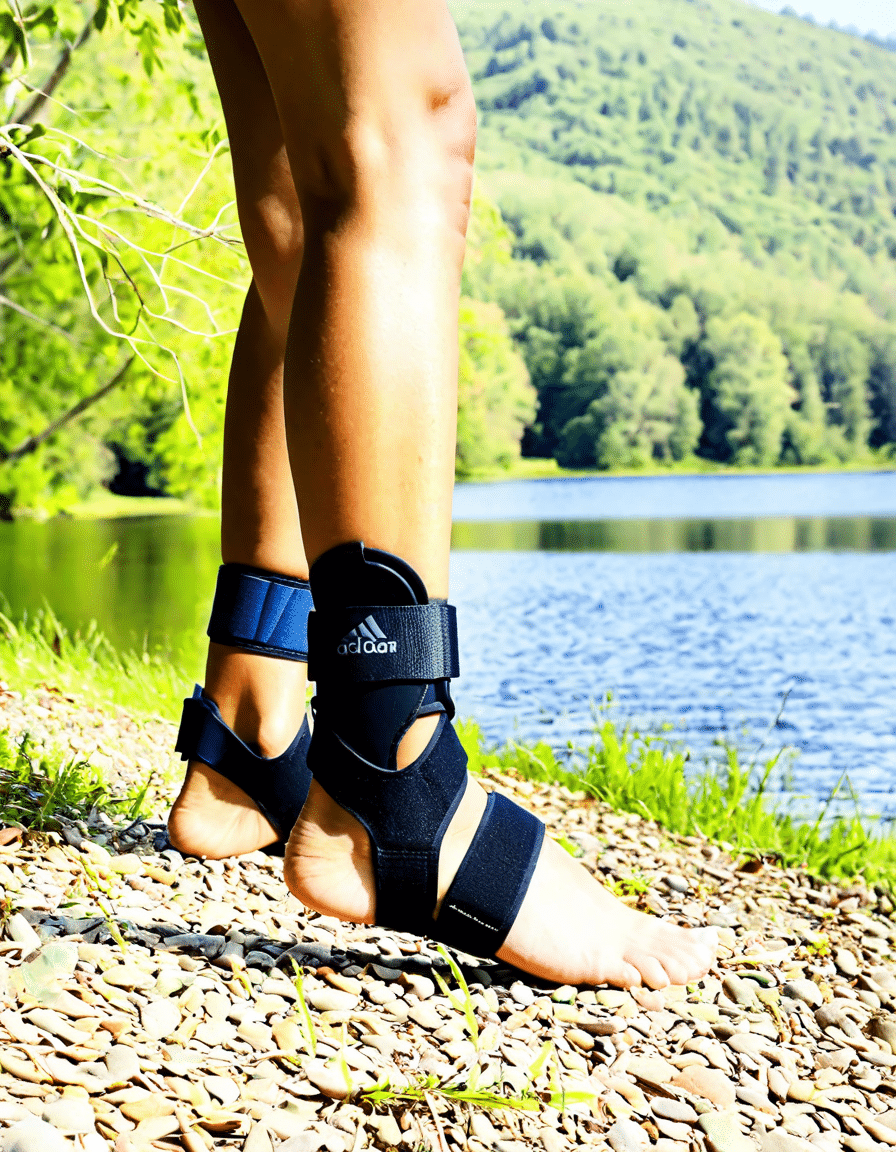
Elevating Your Recovery: Beyond the Brace
While effectively using an ankle brace can enhance your recovery speed and strength, an active, engaged approach is just as critical. Techniques like hydrotherapy and guided rehabilitation exercises are excellent complements to your routine. Additionally, focusing on nutrition—such as incorporating omega-3 fatty acids and protein-rich foods—can help facilitate muscle repair.
Your ankle brace is one essential element in your recovery journey. Pair it with a well-rounded regimen that respects your body’s needs for an optimal healing experience. Always listen to your body, consult with healthcare professionals, and maintain balance in your approach, steering clear of setbacks that can derail your progress.
In summary, navigating ankle recovery involves understanding how to work with an ankle brace effectively. By following these tips, you can set yourself up for a stronger, healthier future, coming back to the activities you love faster than you think. Whether you’re dealing with a sprain or a more significant injury, remember: the right support, guidance, and a commitment to long-term health will see you through!
With the right mindset and tools, recovery from an ankle injury can pave the way to a more robust and durable you, whether you’re a weekend warrior or a pro. Don’t forget, self-care is as essential as the brace itself. You’ve got this!
Ankle Brace Secrets to Quick Recovery and Strength
The Magic of the Ankle Brace
Did you know that an ankle brace can significantly speed up recovery time for injuries? This handy gear helps stabilize the joint, allowing you to get back on your feet faster. It’s a fascinating blend of science and support! Just think about how many athletes rely on their braces to prevent setbacks and stay competitive. Imagine the joy of travel when you’re pain-free, ready for adventure like booking a sweet getaway with Travelzoo.
History and Evolution
Ankle braces have been around for ages, tracing their roots back to ancient civilizations. The initial designs were crude, made from whatever materials were at hand. Fast forward to today, and these supports are crafted with innovative fabrics that offer comfort and protection. As you slip into one, you’re swaddled in decades of improvement! Plus, elaborate support systems are crucial not just for athletes but also for anyone looking to maintain mobility, even those dealing with conditions like heart palpitations. Curious about what causes those? Check out more on heart Palpitations.
Fun Ankle Brace Facts
Here’s a nugget to chew on: Studies show that personalized ankle braces can reduce the risk of reinjury, making them vital for anyone recovering from past injuries. It’s like having a trusty sidekick that watches your back—or rather, your ankle! Adding a layer of fun, did you know that even pop culture gets entangled in the world of recovery? Just look at public figures like Paul Breach; his journey through recovery is quite an eye-opener! You can see the impact such stories have on inspiring others to stay positive during their rehabilitation.
As you delve deeper into the use of ankle braces, don’t forget to keep little signs in mind, like the angel number 444. Some believe spotting these numbers can guide your recovery journey, making you feel truly supported. The ankle brace might just be the ally you need—after all, a little guidance goes a long way! And speaking of support, how about enjoying a splash of cognac or catching up with your favorite sketch streamer while you’re on the mend? All these elements tie together seamlessly with how you tackle your recovery, similar to the world of reality TV where people like Tigerlily from 90 Day Fiancé keep us entertained and engaged.
Keep these trivia tidbits in mind as you learn about ankle braces; they’re as vital to your recovery as a good cup of coffee to get you going in the mornings!
